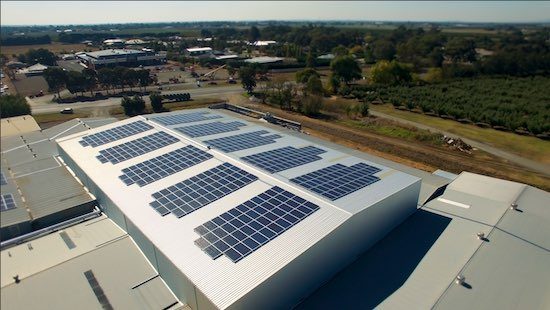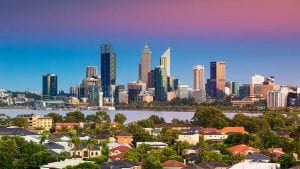The much awaited review by Australia’s Chief Scientist into the ‘Future Security of the National Electricity Market’ does a canny job of plugging holes in the country’s manifestly inadequate climate and energy policy framework.
The centerpiece recommendation of a new Clean Energy Target could solidify long-term investment in renewable energy, and help renew Australia’s decaying fleet of power stations.
It will in effect cement a fact that many know, and others refuse to admit – wind and solar will dominate new investment in power.
Although new gas, and perhaps even new coal may be eligible under the yet-to-be-determined settings of the new scheme, they will be outcompeted by renewables at every turn.
Wind and solar are already cheaper than new coal and gas in Australia, and due to their lower emissions, will gain an even greater advantage under a Clean Energy Target.
What about dispatchable capacity, I hear you ask? Finkel’s plan is simple. Legacy coal and gas will survive for long enough to meet Australia’s capacity needs, and renewables will have to make more use of storage to plug any gaps.
What this doesn’t provide, a beefed up market operator can demand through regulatory procss. This, again, is a canny approach that will probably work for Australia’s grid at current rates of change. But is it future proof?
Finkel’s framework however has a major flaw. It may not be truly durable. The review has not stress tested the effectiveness of its proposed blueprint and mechanisms against a 2 degree, net zero by 2050, emissions reduction pathway.
This is the core sensitivity that smart businesses around the world are assessing their resilience against. However Finkel has focused purely on Australia’s current pledge of a 26-28% cut on 2005 level emissions by 2030, which is not consistent with keeping global temperature rises below 2 degrees.
Developing policy for today’s Paris pledge is one thing, but tomorrow is arguably more important for durable policy. Developing a ‘blue print for the future’ means the plan has to be resilient against how the world could change.
And if the world is to bend the arc of emissions and get any closer to the long-term ambitions of the Paris Agreement, Australia will have to lift its game, and pledge to do more. There is little in the Finkel review to indicate that his plan is future proof – it tackles today’s challenges, not tomorrow’s.
However, for the long-suffering Australian energy industry, this is probably good enough. The most important thing is that Dr Finkel has nominated a plan that stands a good chance of achieving bipartisan support.
This will likely be the review’s greatest achievement, because a plan – any plan – is better than stumbling in the dark like Australia has for the last 10 years
Kobad Bhavnagri is head of Australia, Bloomberg New Energy Finance











